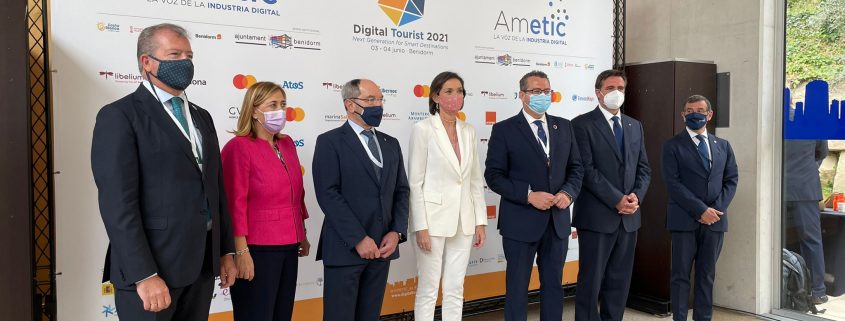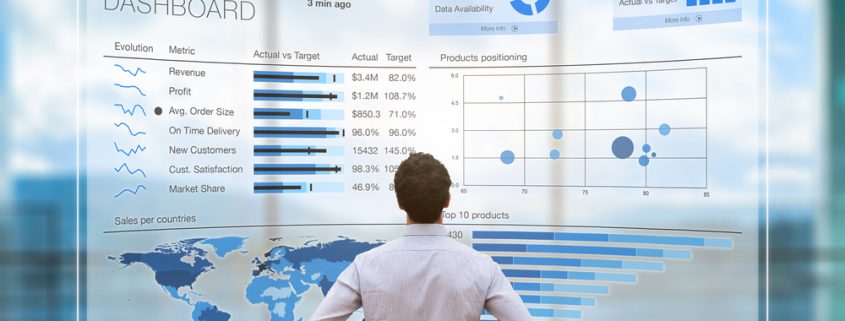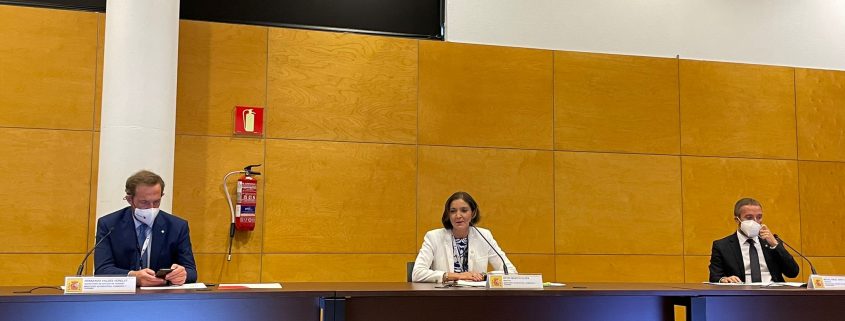In the framework of the state visit of the President of the Republic of Korea, Moon Jae-in, has inaugurated in Barcelona together with the Minister of Industry, Commerce and Tourism, Reyes Maroto, the Spain-Korea tourist conference to promote bilateral tourism exchanges between the Republic of Korea and Spain in Barcelona.
During the opening of the conference, Minister Reyes Maroto pointed out that Spain is working so that South Korean tourists bet more and more on our country on their trips to Europe. "You are welcome to Spain and we are looking forward to receiving you very soon to rediscover the excellence and quality of our destinations and tourist products or the natural wealth that all of Spain offers and that the Camino de Santiago allows you to discover, especially this Holy Year." For the minister, "Spain wants to recover the tourist flows between the two countries and return to the levels of 2019 where more than 630,000 tourists from Korea visited us, which is the third most important source market in Asia."
The head of Tourism highlighted that Spain is making an important commitment to digitization and the application of artificial intelligence applied to the tourism sector. As Maroto has detailed, the citizens of the Republic of Korea have at their disposal very useful tools to organize their trip to our country. “One example of this is the Travel Safe platform that collects safety recommendations and data of interest to plan trips to Spain. The portal provides information on the requirements and conditions for safe travel. "
Finally, the minister has also transferred to the Korean delegation the advances in the vaccination process in Spain, which already exceed 30 million doses supplied, more than 45% of the Spanish population has a dose and more than 26% the full guideline.
For Maroto, these data "offer a horizon of hope for the restart of safe travel and the reactivation of our tourism sector", together with new instruments such as the European digital certificate that will guarantee safe travel within the EU and the initiative of the OECD “Blueprint for safe international travel, which includes common protocols for safe travel.
Action Plan of the Biannual Tourism Program
After the opening ceremony, Reyes Maroto, and the Minister of Culture, Sports and Tourism of the Republic of Korea, Hwang Hee have signed the extension for one more year of the Action Plan of the Biannual Tourism Program 2020-2021 to complete the program agreed that was suspended after the pandemic.
A plan that gives continuity to the Memorandum of Understanding (MoU) signed during the State trip of the Kings to Seoul in 2019.
The 2020-2022 Spain-Korea Mutual Visits Program contemplates cooperation in the following areas:
• Exchange of experiences, statistics and human resources in the field of tourism in areas such as tourism promotion and digital marketing, market intelligence, planning and development of tourist destinations, in particular, intelligent management of tourist destinations, the promotion of cultural heritage, governance, as well as the coordination of the different administrations and the development of sustainable tourism.
• Encourage the development of initiatives to increase tourist flows, with special emphasis on gastronomic tourism, film tourism, meeting tourism, incentives, conventions and exhibitions / events (MICE) and medical tourism.
• Encourage cooperation between regional and local governments of Spain and Korea in the field of tourism.
• Promote the association of tourism with cultural, artistic and sporting events, highlighting its potential for tourism development.
Likewise, other areas of cooperation are also foreseen, such as promoting the establishment of direct contacts between associations of the tourism industry and other related sectors, in order to attract investment in the tourism sector, especially in the hotel and infrastructure sector and facilitate technical assistance, through reciprocal visits by experts, the organization of seminars and work and training sessions in areas of mutual interest.
Korean tourist data
According to data from arrivals prior to the pandemic, 630,000 tourists arrived in Spain from South Korea in 2019, 29.6% more than in 2018, representing a market share of 0.8% of total international tourists and representing the third most important source market in Asia, after China and India.
With an average stay of 6.4 nights and a total expenditure of 604 million euros, the average daily expenditure of the tourist was 2,268 euros.
The main Autonomous Communities of destination were Catalonia (46.8%), Community of Madrid (31.3%) and Andalusia (18.7%).








